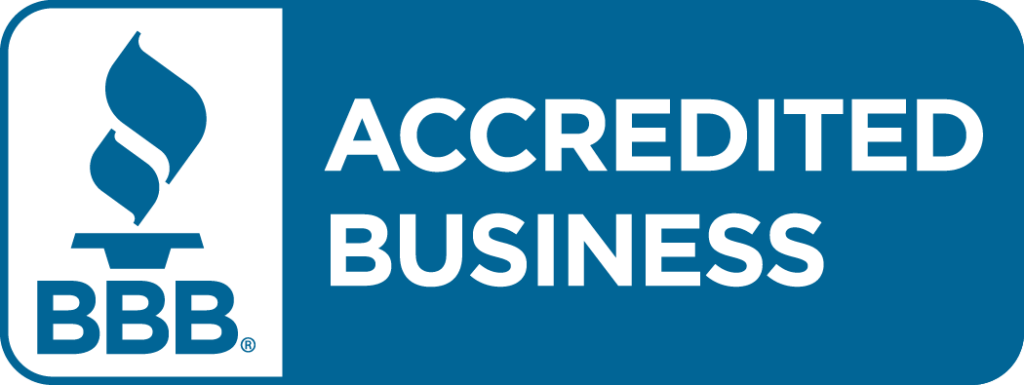Marketers must always be ready to adjust to the needs of the customers, especially B2B buyers, who make larger purchases and spend more time making decisions. To stay on top of your game, you’ll need to factor in these four popular marketing trends that will likely gain even more traction in 2022.
4 B2B marketing trends for 2022
1. Hybrid events
 During peak pandemic times in 2020, most events were either cancelled or became virtual.
During peak pandemic times in 2020, most events were either cancelled or became virtual.
As the vaccine became readily available this year, hybrid events emerged as a way to engage with customers on a face-to-face level, as well as engage virtually with s customers who are not comfortable going or are unable to attend large events due to employer restrictions. In fact, 74% of marketers are planning hybrid events in 2022.
For your hybrid event to be successful, it should be more than an in-person event that is streamed online. You need to create opportunities for your virtual attendees to engage with hosts and each other as much as you do for your live attendees. For example, interactive polls or event boxes with relevant items sent in advance will make it more memorable and interesting.
2. Influencers
 The influencer marketing industry is expected to grow from $9 billion to $15 billion over the next two years. Prospects will always see industry experts and their peers as more trustworthy than a company’s advertisement, and 77% of marketers say that influencer marketing improves a buyer’s experience with the brand.
The influencer marketing industry is expected to grow from $9 billion to $15 billion over the next two years. Prospects will always see industry experts and their peers as more trustworthy than a company’s advertisement, and 77% of marketers say that influencer marketing improves a buyer’s experience with the brand.
This video teaches you where to find B2B influencers, how to introduce them to your audience and how to leverage them for your business:
[box]
Marketing Minute: How to Find and Use B2B Influencers
https://randallreilly.wistia.com/medias/rjzd2xeil4?embedType=iframe&seo=false&videoFoam=true&videoWidth=640
[/box]
3. Alternatives to third party cookies
 Third-party cookies are on their way out, and personalization is becoming harder to achieve. For proof of this, look no further than Apple’s recent Mail Privacy Protection roll-out, which prevents marketers from seeing if and when an email is opened or attach internet activity and location to a customer’s IP address through their email marketing.
Third-party cookies are on their way out, and personalization is becoming harder to achieve. For proof of this, look no further than Apple’s recent Mail Privacy Protection roll-out, which prevents marketers from seeing if and when an email is opened or attach internet activity and location to a customer’s IP address through their email marketing.
But, 72% of buyers still expect companies to personalize their communications, so it’s up to you to find alternatives to the old ways of tracking and collecting data.
You can use surveys to segment audiences, a/b testing to improve engagement and even account-based marketing to create a highly-personalized campaign for your strongest accounts.
4. User-generated content
 User-generated content brings your customers into the conversation on a much more personal level. In fact, almost all marketers agree that customers trust content created by other customers more than content created by brands.
User-generated content brings your customers into the conversation on a much more personal level. In fact, almost all marketers agree that customers trust content created by other customers more than content created by brands.
You can ask your social media followers to make videos or send pictures describing their experiences, reviews or helpful tips that you can later share for your entire audience to see.
You can also combine this strategy with your influencer marketing to give them more exposure to your audience.
Conclusion
Your buyers’ needs and best practices in marketing are always changing, and you should be too. Increase brand trust and engagement by incorporating influencers and user-generated content into your marketing campaigns. You should also be keeping up with the changing marketing landscape by making hybrid events and alternatives to third-party cookies part of your strategy.
[visibility show=”desktop”]
[acf field=”cta_38″ post_id=”option”]
[/visibility]
[visibility show=”tablet”]
[acf field=”cta_38″ post_id=”option”]
[/visibility]
[visibility show=”mobile-landscape”]
[acf field=”cta_38″ post_id=”option”]
[/visibility]
[visibility show=”mobile-portrait”]
[acf field=”cta_39″ post_id=”option”]
[/visibility]



